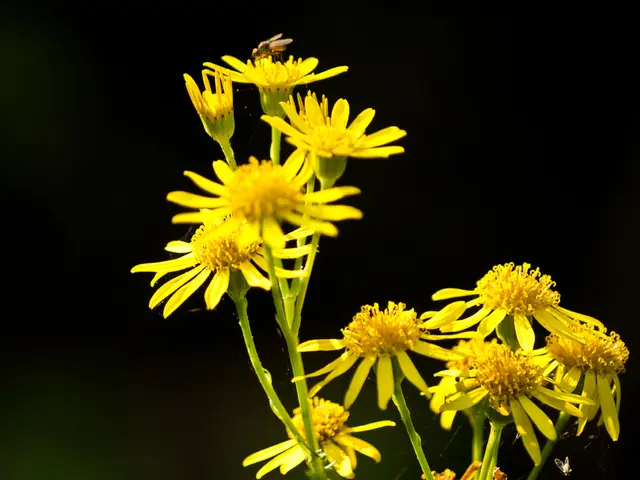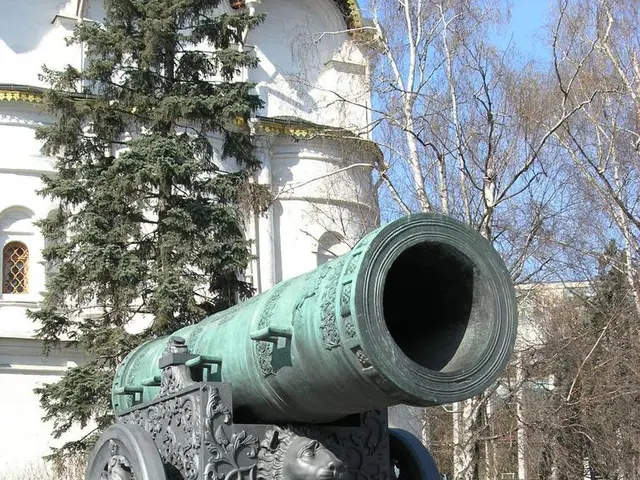Optimal Visit to Ladakh: Uncovering the Peak Travel Periods
Ladakh, nestled high in the Himalayas, offers a unique travel experience that changes with the seasons. This cold desert region is a must-visit for those seeking natural beauty, cultural richness, and adventure.
Summer (May to August)
Summer is the peak tourist season in Ladakh, with accessible roads and open accommodations, especially in the Nubra Valley. Travelers can enjoy lush landscapes, vibrant apricot blossoms, and the full availability of guesthouses and homestays. Adventure activities like trekking and river confluence visits (e.g., Indus and Zanskar Rivers) are popular, along with exploring rich cultural sites like Gurudwara Pathar Sahib.
Monsoon (July to September)
Although Ladakh receives very little rain compared to other regions, the monsoon months still bring a slight increase in vegetation, and the skies are partly cloudy. This period overlaps with the summer tourist season, but travel down to Nubra Valley and other higher passes might be less crowded as some tourists avoid this time.
Autumn (September to November)
Autumn is considered one of the best times to visit Ladakh for spectacular natural displays, especially in the Nubra Valley, where the colors of the landscape turn magical with fiery hues. The tourist density lessens, resulting in better deals on accommodations and a more serene experience.
Winter (December to February)
This is the coldest season with heavy snow, causing many tourist facilities to close, particularly in remote areas like the Nubra Valley and high-altitude lakes (Pangong Tso, Tso Moriri). However, winter offers unique experiences such as bathing in steaming hot springs amid the freezing cold, such as the famous hot springs at Chumathang, where an adventurous hot water bath alongside the ice-cold Indus River creates an unforgettable moment. Winter trekking in regions nearby can also be thrilling for adventure seekers, although Ladakh’s conditions are extreme.
Spring (March to April)
Spring marks the gradual reopening of guesthouses and the blooming of apricot flowers, especially noticeable in the Nubra Valley. The temperatures start warming but remain cool, making this a quieter time before the high tourist influx. It’s ideal for travelers seeking solitude and the rejuvenation of nature with fewer crowds.
Preparing for Your Journey
To make the most of your Ladakh adventure, it's essential to dress in layers and pack thin or thick clothes as per the season you are traveling. Stay hydrated, and use sun protection such as sunglasses, hats, or sunscreen. Be aware of altitude sickness in the Himalayas and apply necessary preventive measures.
Ladakh is situated at around 3,500 m (11,500 ft.), so acclimatization to the altitude is essential. Make sure to carry all necessary permits and travel documents. Be prepared for changing weather and road conditions.
Exploring Ladakh's Must-See Destinations
Ladakh is home to several must-see destinations such as Leh, Pangong Lake, Tso Moriri Lake, Nubra Valley, Hemis Monastery, Zanskar Valley, Alchi Monastery, Thiksey Monastery, Spituk Monastery, and Chang La Pass. Travel responsibly and do not litter the place.
Adventure & Travel Company: Your Guide to Ladakh
For a tailor-made Ladakh adventure, consider using the services of Adventure & Travel Company, a leading adventure and tour operator in the Himalayas since 1992. Offering packages for all ages, groups, families, and solo travelers, they can help you plan an unforgettable trip to this breathtaking region.
Embracing Ladakh's Culture
Respect the local culture when visiting Ladakh, renowned for its breathtaking landscapes, monasteries, and unique culture. The Ladakh Festival, Hemis Festival, Stok Festival, Nubra Valley Festival, Lamayuru Gustor Festival, Losar Festival, Thiksey Gustor Festival, and Saga Dawa Festival are some of the most revered Buddhist festivals and events in Ladakh.
Ladakh experiences a cold and dry climate, with low rainfall throughout the year, except for July and August. With its distinctive travel experiences across its five major seasons, Ladakh offers a blend of natural beauty, cultural richness, and adventure unique to its high-altitude cold desert environment.
- During summer in Ladakh, which lasts from May to August, tourists can participate in trekking and river confluence visits while enjoying the lush landscape and vibrant apricot blossoms.
- Even during the monsoon season, lasting from July to September, Ladakh experiences minimal rainfall compared to other regions, with the skies being partly cloudy.
- Autumn, from September to November, offers a spectacular display of natural beauty, especially in the Nubra Valley, with magical colors turning the landscape.
- In winter, from December to February, Ladakh is extremely cold and snowy, causing many tourist facilities to close, but unique experiences such as hot spring baths amid freezing cold and winter trekking are available for adventure seekers.
- Spring, from March to April, marks the gradual reopening of guesthouses and the blooming of apricot flowers, making it an ideal time for travelers seeking solitude and the rejuvenation of nature.
- For a tailor-made Ladakh adventure, consider using the services of Adventure & Travel Company, a leading adventure and tour operator that caters to all types of travelers and offers packages for different age groups, families, and solo travelers.




